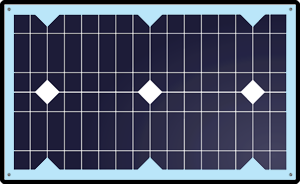



Menu:
Borehole Pumps ![]()
Electrical
Solar
Solar Systems ![]()
Geysers
Gridfeeding System
Island System
Solar Pumps
Physical Address:
17 West Str
Otjiwarongo
Namibia
Tel No's:
+264 67 303337
+264 67 304541
Fax No:
+264 67 302794
A Pressure Pump or positive displacement pump causes a fluid to move by
trapping a fixed amount of it and then forcing (displacing) that trapped volume
into the discharge pipe. Some positive displacement pumps work using an expanding
cavity on the suction side and a decreasing cavity on the discharge side. Liquid flows into the pump as the cavity on the suction side expands and the liquid flows out of the discharge as the cavity collapses. The volume is constant throughout each cycle of operation.
A positive displacement pump must not be operated against a closed valve on the discharge side of the pump, because it has no shut-off head like centrifugal pumps. A positive displacement pump operating against a closed discharge valve will continue to produce flow and the pressure in the discharge line will increase, until the line bursts or the pump is severely damaged, or both.
A relief or safety valve on the discharge side of the positive displacement pump is therefore necessary. The relief valve can be internal or external. The pump manufacturer normally has the option to supply internal relief or safety valves. The internal valve should in general only be used as a safety precaution. An external relief valve installed in the discharge line, with a return line back to the suction line or supply tank, is recommended.
There are numerous types of pressure pumps currently
available to suit your specific needs.
For any Enquiries regarding Pressure Pumps
please do not hesitate to Contact us.

